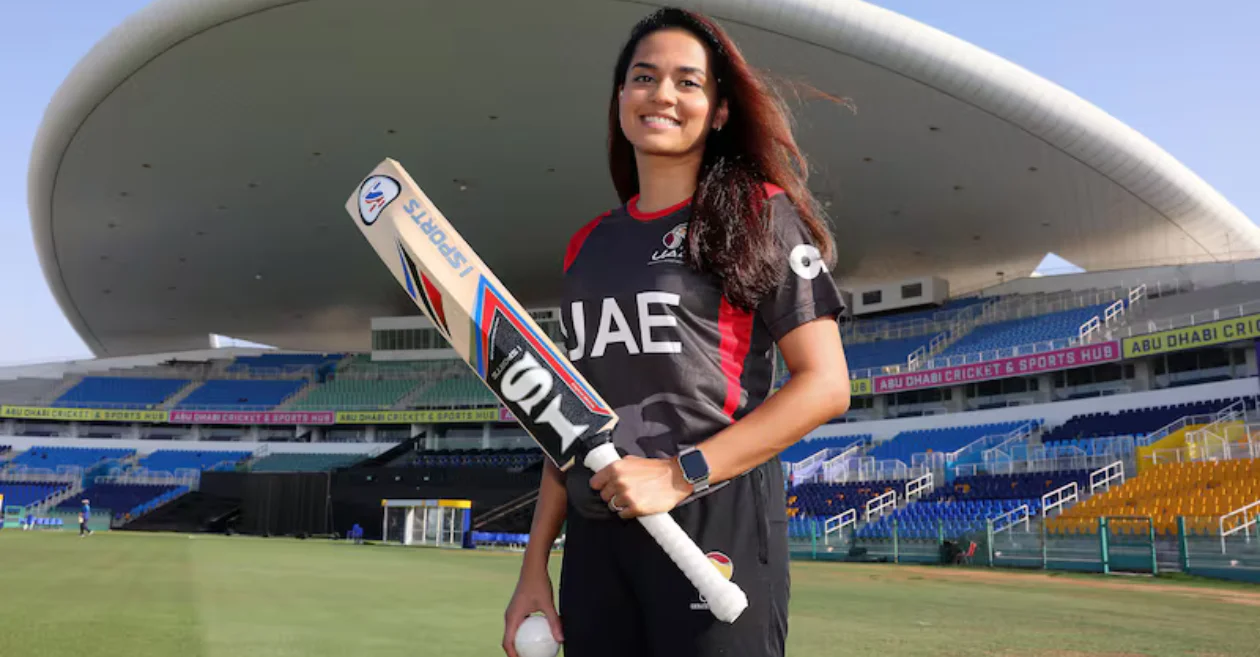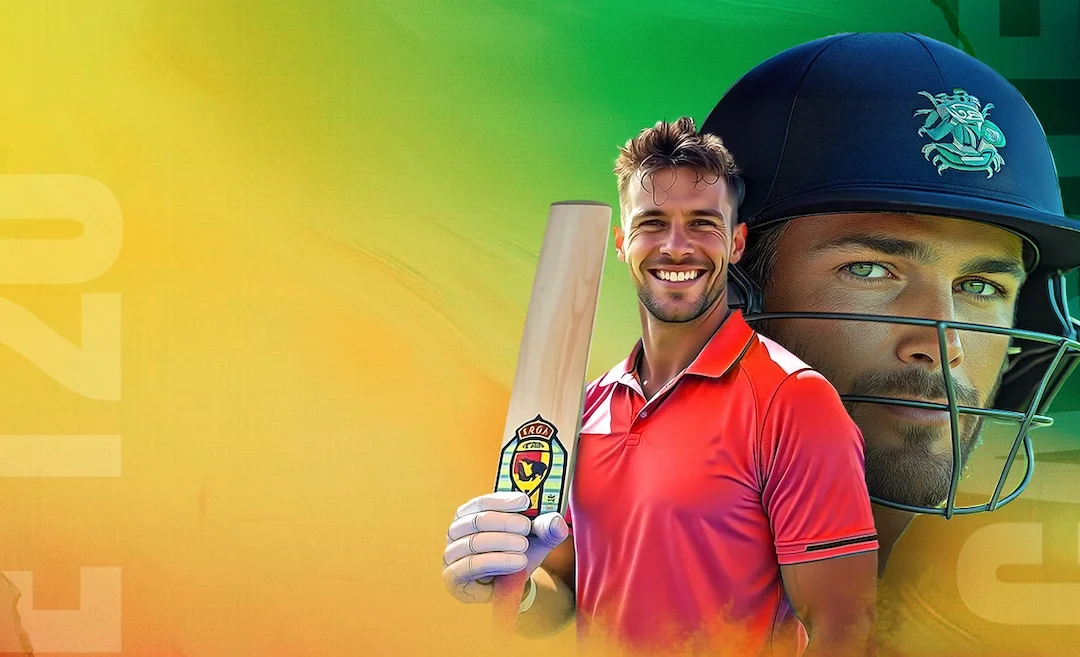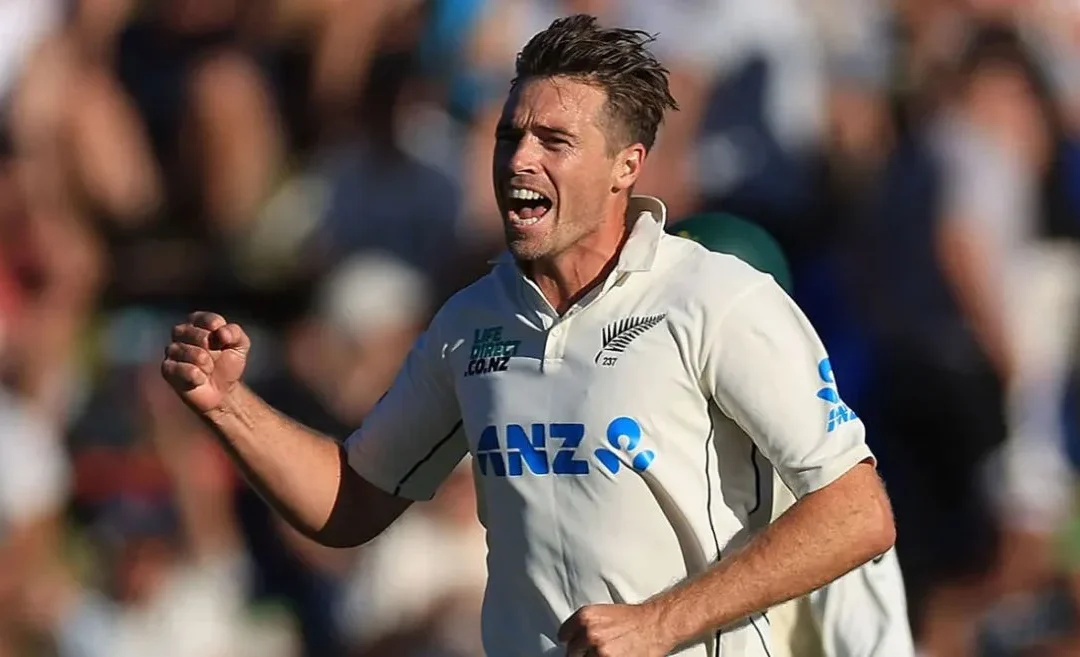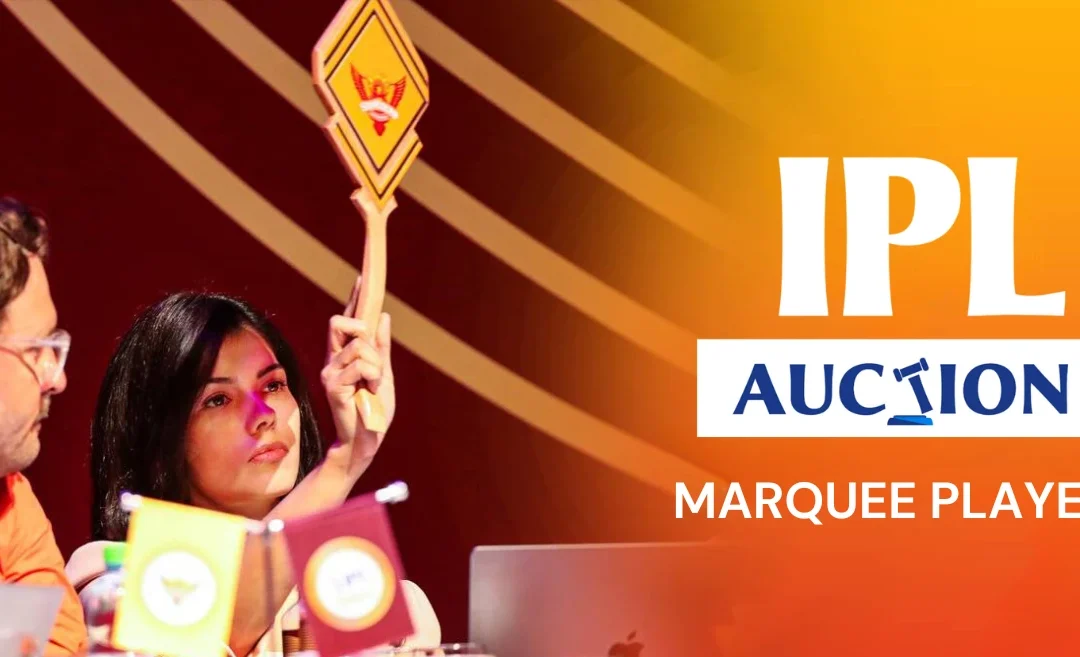In an insightful conversation with Natasha Cherriath, the youngest captain to lead the UAE Women’s Cricket Team, we explore her remarkable journey, the challenges of leadership, and her hopes for the future of women’s cricket in the UAE.
Natasha, a trailblazer for women’s cricket in the region, began her journey at the age of four with a plastic cricket bat and quickly rose through the ranks, becoming captain at just 12. Today, she is a prominent figure in UAE cricket and a role model for young girls aspiring to follow in her footsteps. Natasha’s journey from playing with a plastic bat at home to captaining the UAE Women’s Cricket Team is an inspiring story of passion, perseverance, and breaking barriers. She remains a symbol of hope for the future of women’s cricket in the UAE and beyond, encouraging young girls to follow their dreams with hard work, humility and joy.
Here are some excerpts from the interview
Q: Can you walk us through your cricketing journey?
Natasha: My cricket journey probably began when I was around four or five years old when I got my first plastic cricket bat from my family. In our small room, we created our own little game if I hit the ball and it touched the floor, it was a four, and if it hit the ceiling, it was a six. That’s how I first learned the game. I owe a lot to my family for that because I was always surrounded by cricket growing up. My dad, my uncles, and I would watch every cricket match, especially whenever India was playing. During every World Cup, we’d stay up regardless of the time zone.
That’s how I first got into cricket—it was fun for me. One day, my parents thought, “How about getting her some proper coaching?” This was back in the UAE, around 2004 or 2005, and at that time, women playing cricket wasn’t really common, especially in this part of the world. That’s when I met my first coach, Shazad Alaf, to whom I owe a lot of my cricketing career. He had to get special permission from the Sharjah Cricket Board just so I could play cricket with the boys because there weren’t any girls playing back then.
I remember the first time he handed me a wooden bat, it felt really heavy. But in my mind, I thought, “I need to work harder to lift this.” We were at Sharjah Cricket Stadium, and they tossed me a few balls, and it just felt amazing. It felt like this was something I was meant to do, and luckily, I had enough talent to back me up. From there, things progressed. They organized an inter-school tournament just for girls, and we had quite a bit of interest. That’s when they brought in Smitha Hari Krishna, an ex-Indian cricketer, along with Prila But, who trained and coached us.
Soon after, we had our first-ever UAE women’s cricket camp, where we went through a series of drills and sessions. Up until that point, I had only played inter-school cricket and had no experience playing at a professional level. It was all fun, but also thrilling to think about the possibility of representing my country, especially as a teenager. That’s something most people only dream of. The UAE women’s team was eventually formed, and to my surprise, I was named captain at the age of 12! It was quite a shock, considering I was the youngest, and there were players much older than me. But it felt good to be trusted with such responsibility at that age. I’ve always loved the game, and I think that passion helped me handle the pressure that came with it.
Also READ: An Exclusive Interview with USA captain Sindhu Sriharsha: Cricketing idol, Vision for USA team and Message for aspiring cricketers
Q: What was it like leading the UAE women’s cricket team at such a young age?
Natasha: It was a lot of deep breaths and moments of telling myself, “Okay, I can do this.” But I think what made it easier was the people I had around me whether it was my teammates or our vice-captain at the time, Mina Shanker. Interestingly, her daughter was also playing on the team. Smitha Harikrishna and Purnima Rau, along with others, really made me feel comfortable and supported.
At that point, I was still learning basic field positions. Even though I had watched a lot of cricket, it was different being on the field and actually having to direct players telling a fielder at point to move a little in, for example. The first tournament was more about generating game awareness for me because we were still finding our feet. We got thrown into competition against teams like Bangladesh, who were an associate nation at the time. I remember one match where we were bowled out for just nine runs, an embarrassing defeat. That was a huge shock for us, but the resilience my team showed during that time was what made it easier for me.
It would’ve been easy to say, “I shouldn’t do this anymore,” or for the board to think about changing the captain. But we all knew we were in the early stages of development, and the main expectation was that we conduct ourselves properly, representing the nation. It was a lot to take in, but I think that period of my life shaped who I am today. I was thrown into failure and defeat right away, and I always tell people that if you haven’t faced failure yet, it’s coming, and it will teach you a lot. That’s the only way you truly learn. Since then, we’ve only improved, and when I look at UAE women’s cricket today, I’m proud of how far we’ve come. It’s been a great journey.
Q: Who were your role models growing up, and how did they shape your journey?
Natasha: Growing up, I had three cricketers who really inspired me. It all started with Rahul Dravid. To this day, even as a coach, I still look up to him. He did wonders with the Under-19 team and continues to do so, especially now with a World Cup under his belt. Then there was Glenn McGrath. I thought he was a beautiful bowler because, while he wasn’t the pace attack, his line and length were key. He was reliable, whenever you needed him, he’d bowl in the same spot for the entire Test match. I really admired that consistency as a bowler.
As I grew older, of course, the greatest, Mahendra Singh Dhoni, came into the picture, and he’s been an inspiration ever since.
Then, when I finally got to watch women’s cricket on TV, I really looked up to Ellyse Perry. A lot of girls admire her, and I personally do too. She has set the bar in so many ways. I was lucky enough to meet and train with her when the Sydney Sixers and Sydney Thunder came down to Abu Dhabi during the WBBL. We had a training session with them and seeing her work ethic was incredible. To give you an example, after a two-and-a-half to three-hour training session in the summer heat of Dubai, everyone was leaving, but she stayed behind doing shuttle runs, almost like a yo-yo timing test. She’s absolutely amazing.
Q: What advice would you give to young girls aiming for a cricket career?
Natasha: Well, first of all, I would say that no matter how talented you are, there’s always room for improvement and learning. Never stop learning. That would be my first piece of advice. I think it’s easy to get caught up in the idea that talent alone will take you far, but talent can only get you so far. You have to work hard every single day. With all the resources available now, like watching videos on YouTube and following the routines of top cricketers, there’s always something to learn and improve upon.
Second, I’d say always stay humble, no matter what you achieve. Cricket is a team sport, and it’s important to remember that you’re never alone on the field. It’s not just about you; it’s about the entire team working together. Staying grounded is really key.
Lastly, just enjoy the game. If I had the chance to play cricket any time of the day, I would absolutely take it. Sometimes we get caught up in the pressure, whether it’s scoring runs, taking wickets, or hitting certain milestones, but at the end of the day, the love for the game should always come first. Enjoying what you do is essential. Those would be my three key pieces of advice.
Q: Who was the toughest bowler you have faced in your career?
Natasha: I did face Julan go Swami at one point in my life uh for one over and it was the most knocking over of my life uh because I was just told to just stay don’t get out whatever you do don’t get out um, so I think facing her in the Nets uh definitely uh was you know something that was difficult.
Q: What are your predictions for the Women’s T20 World Cup 2024?
Natasha: I do think that the semi-finalist will probably be the big four uh but you never know with the surprise coming in uh I do see Australia, India, England um the fourth place is a toggle between South Africa and West Indies um I think that’s uh something that I don’t I can’t see at the moment it just depends on how they play in the tournament um and the winning team because I do have a soft spot for Australia I think it might be Australia but I’m also hoping that India wins the World Cup this time because they have a good team.
Q: Who do you think will be the player of the tournament in the WT20 WC 2024?
Natasha: I don’t know why but I have a feeling it’s going to be uh Jemimah Rodrigues from India I okay have a feeling that this is her tournament she’s going to click somehow and uh going to take in there all the way.
Here’s the full interview:
Also READ: An Exclusive Interview with Netherlands captain Babette de Leede: Leadership, Legacy, T20 World Cup predictions and future of Women’s cricket
This article was first published at WomenCricket.com, a Cricket Times company.
For latest cricket news & updates, visit CricketTimes.com.














